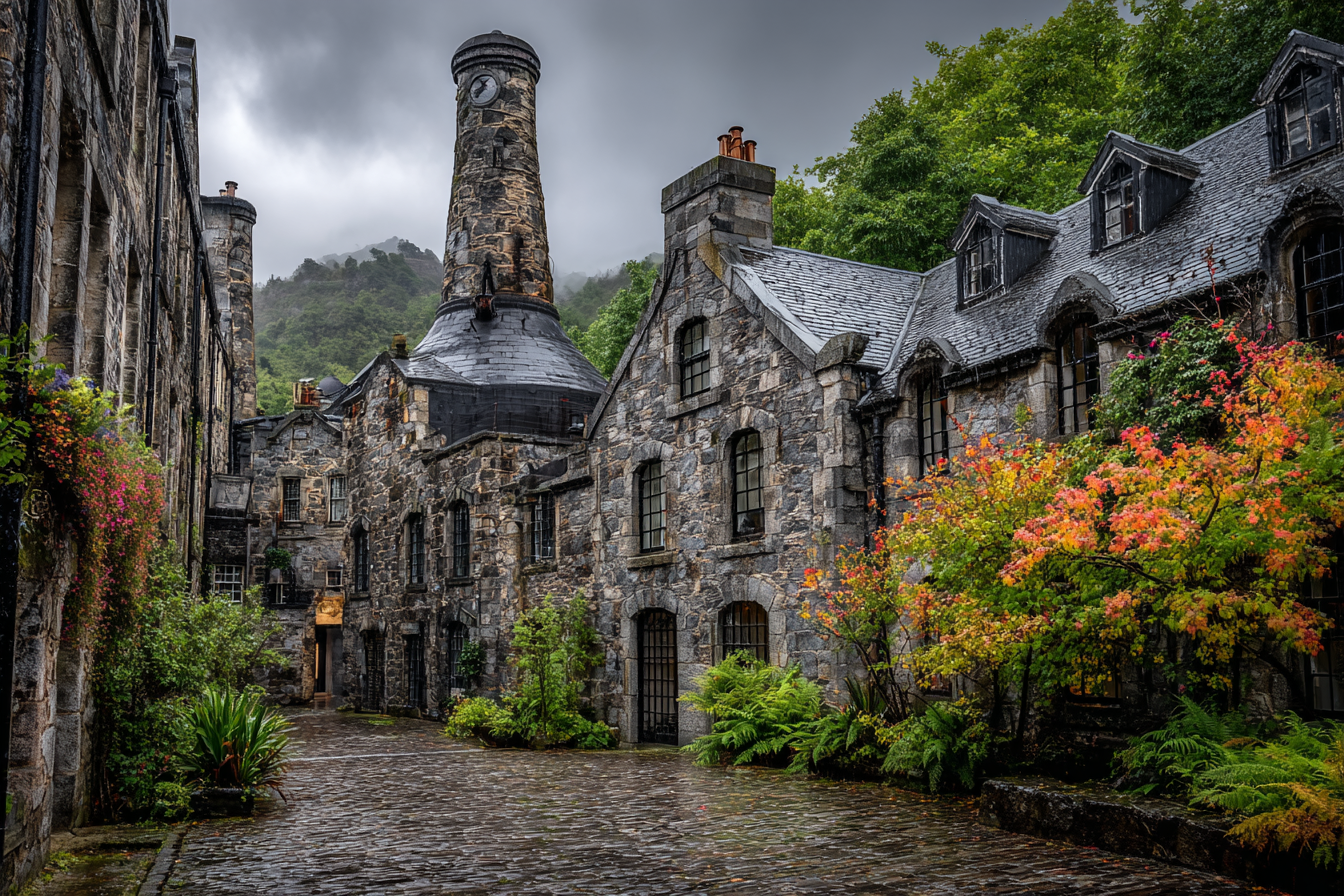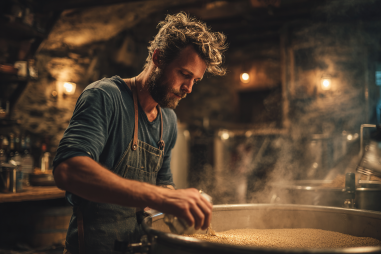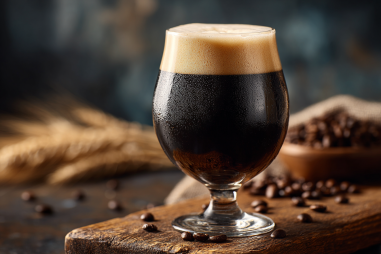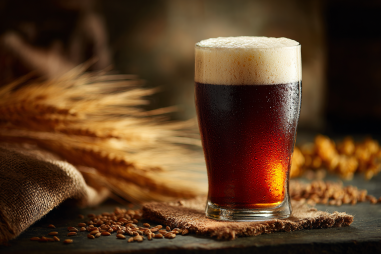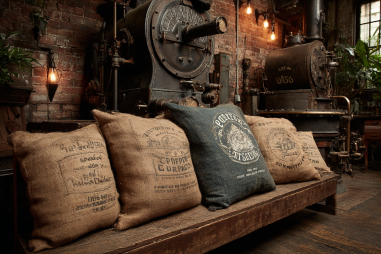Scottish Ale is more than just a beverage; it’s a living piece of Scotland’s heritage, woven into the fabric of its culture and history. From the dense, malty flavors that characterize this style to the centuries-old traditions behind its brewing, Scottish Ale offers a fascinating glimpse into the past. Whether enjoyed in a cozy pub overlooking the Highlands or brewed in a modern Scottish brewery, the roots of Scottish Ale run deep. Let’s journey through time to discover how this beloved beer came to be, the influence of geography and culture on its development, and how it has remained relevant through the ages.
Origins of Scottish Ale and Traditional Brewing Methods
The beginnings of Scottish Ale date back to the early medieval period, long before industrialization transformed brewing. Scotland’s climate and abundant natural resources made it an ideal place for early beer-making. The base ingredients—water from pure springs, locally grown barley, and native yeasts—formed the foundation of the traditional Scottish brews.
Historically, Scottish Ale was brewed with a focus on malt character rather than hop bitterness. In fact, hops were often used sparingly due to their scarcity in Scotland and the country’s preference for a sweeter, fuller-bodied beer. Early methods involved malting barley over open fires, a process which sometimes imparted a smoky aroma to the ale, a distinct feature that lingers in some Scottish styles today.
The traditional brewing utilized wooden vessels and stone maltings. Brewers would often ferment ale in open vats, allowing natural yeasts to initiate fermentation. These methods resulted in beers with robust flavors, moderate strength, and a smooth, warming quality—perfect for Scotland’s colder climate and hearty cuisine.
Influence of Scottish Culture and Geography on the Style
Scotland’s rugged terrain, cool weather, and local ingredients played a significant role in shaping the character of Scottish Ale. The short growing season and cooler climate meant that barley varieties used were particularly suited to malt production rather than high hop yields, leading to beers that emphasized malt sweetness and complexity.
Culturally, ale was embedded in daily life, social rituals, and festivals. Scottish Ale became an integral part of communal gatherings and celebrations, ranging from local fairs to grand Highland Games. The social importance of ale was also tied to Scotland’s clan culture, where brewing and sharing ale helped strengthen bonds and signify hospitality.
Geographic isolation of some regions led to unique, localized variations in recipes and brewing traditions. For instance, Scottish Lowland ales tended to be lighter, while Highland ales often showcased richer malt profiles and occasionally hints of peat smoke, reflecting the influence of nearby peat bogs used as fuel for malting. This diversity highlights the importance of place in the evolution of Scottish Ale.
Evolution Through the Centuries and Key Milestones
Scottish Ale saw several transformative changes over the centuries, adapting to technological advances and shifting tastes. By the 18th and 19th centuries, as beer production became more industrialized, Scottish brewers began to refine their techniques and scale up production. The introduction of coke as a fuel source allowed for more controlled malt roasting and helped reduce smoky flavors, leading to cleaner malt character.
The 19th century also saw the rise of iconic strengths within the Scottish Ale category, often referred to by “shilling” designations such as 60/- (Light), 70/- (Heavy), 80/- (Export), and even stronger variants. These terms originated from taxation systems but came to define the gravity and alcohol content of ales, helping standardize the style in commercial brewing.
One key milestone was the international recognition Scottish Ale gained through export markets. Scottish brewers capitalized on the beer’s rich flavors and drinkability, making it popular beyond Scotland’s borders. At the same time, the style evolved to suit varying palates while still preserving its malt-forward identity.
Role of Scottish Ale in Historical Events and Festivals
Throughout history, Scottish Ale has played a role beyond just a refreshing drink—it has been a cultural symbol during significant events and festivals. For example, at traditional Highland gatherings and clan meetings, ale was central to feasting and storytelling, helping preserve Scottish identity, especially during times of political change.
In more recent history, Scottish Ale was often brewed to mark national celebrations such as Burns Night, commemorating poet Robert Burns, and St. Andrew’s Day, Scotland’s national day. These occasions highlighted the ale’s role in bringing people together, reinforcing community spirit and pride.
During the two World Wars, Scottish Ale brewing adapted as well, with breweries modifying recipes due to ingredient shortages but still maintaining the heart of the style. Post-war, the revival of traditional festivals led to a renewed appreciation for locally brewed ales, solidifying their place in Scotland’s social and cultural calendar.
Preservation and Revival of Traditional Recipes in Modern Times
The latter half of the 20th century and into the 21st saw both challenges and opportunities for Scottish Ale. With the rise of mass-produced lagers and the global craft beer movement, traditional Scottish Ale styles faced a decline but then experienced a remarkable revival.
Craft breweries across Scotland and beyond have embraced the history and heritage of Scottish Ale, meticulously recreating traditional recipes and experimenting with historic malts and yeast strains. This has led to a renewed interest in the diverse spectrum of Scottish ales—from light Lowland versions to richer Export styles.
Innovations also include incorporating local ingredients, such as heather honey or Scottish peat-smoked barley, to add depth and authenticity. Festivals celebrating Scottish beers have proliferated, further increasing awareness and appreciation among new generations of beer enthusiasts worldwide.
A Lasting Legacy Brewed in Every Pint
Scottish Ale’s story is a testament to Scotland’s rich brewing traditions, cultural resilience, and the enduring appeal of malt-forward, balanced beers. From its humble origins to its role in social gatherings and festivals, Scottish Ale has remained a symbol of Scottish identity and hospitality.
Today, whether sipped by locals in a traditional pub or sampled by an adventurous beer lover far from Scotland, the legacy of Scottish Ale history enriches every pint. It connects drinkers not only to a unique style of beer but to centuries of craftsmanship, community, and culture. Discovering Scottish Ale is truly a journey through time—one that continues to inspire brewers and enthusiasts alike.

